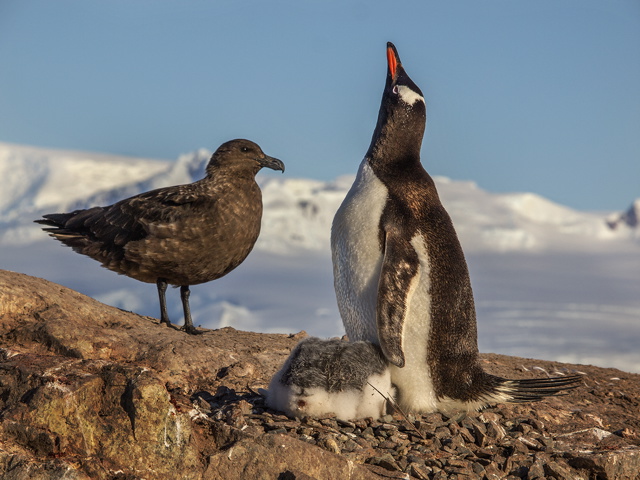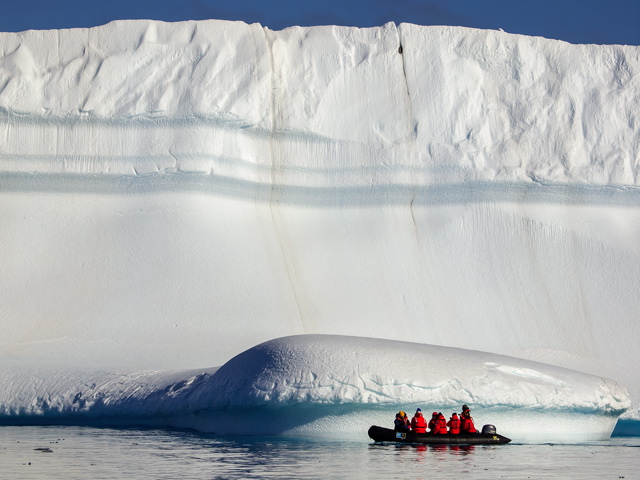Antarctica, S. Georgia, Falklands/Malvinas, part deux
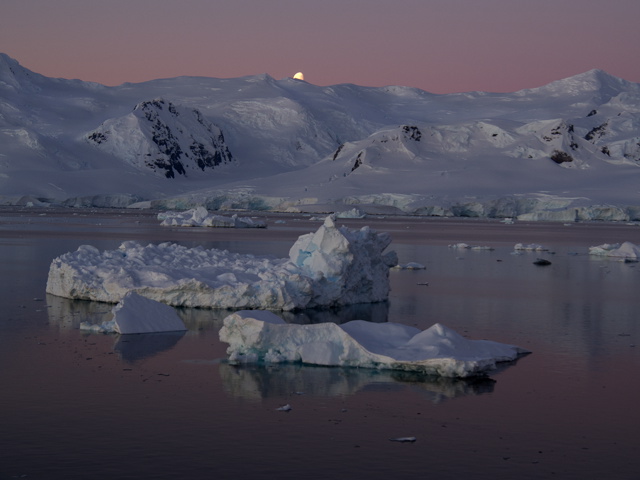
Moon setting over Gerlache Straits
On short notice, I’m back aboard the National Geographic Explorer for another trip to Falklands/S. Georgia/Antarctica. Having been here on the first trip of the summer in November of 2012, I was very curious to see how different it would be traveling on the last voyage of the season (summer is winding down in the Southern Ocean).
Major differences: most of the snow is gone on many landing sites, and in its place are thousands of penguin chicks. Early season saw a lot of ice accumulated in bays, now we see more open water in most places-along with many whale sitings. In November, daylight was extended by a few minutes each day, creating longer and longer days as we traveled. Now, the hours of sunlight are being decreased as the days grow rapidly shorter.
We also reversed the direction of travel: November saw a clockwise trip; Falklands (Islas Malvinas) followed by South Georgia and finishing in the Antarctic. This voyage, Antarctica was our first site; we’re now heading to South Georgia and will finish the trip in the Falklands. The rapidly diminishing hours of daylight are one reason for this reversal. After this Expedition, the Explorer will transit to Capetown in South Africa for another “West Coast of Africa” trip. I was aboard the Explorer for the inaugural West Coast of Africa trip in 2012, and you can see my blog from that trip by scrolling down through this site.
Crossing the Drake was a “boisterous” experience, and as much as I’d like to say I am 100% seaworthy, that would be an inaccuracy. 15-20’ foot seas produced, in me, a discomfort that was handled with pharmaceuticals.
Once you do reach the Antarctic Peninsula, the jutting landmass into the ocean helps to considerably calm things down and the discomfort of constant ups and downs disappears quickly.
Our first landing was Half Moon Island, which is a small Antarctic Island with a large rookery of chinstrap penguins, nesting Antarctic terns and kelp gulls. Our son, Matt accompanied me on my first Antarctic trip in 2009 and this was one of our landing sites as well. Beautiful rock formations with malachite intrusions produces a dramatic landscape in which penguins with chicks complete the visuals of this island.
Next day found us in the Gerlache Strait, first explored by Adrien de Gerlache during his expedition of 1897-99. It certainly was a small world of polar explorers at that time, as Gerlache’s chief officer was Roald Amundsen, who was making his first trip to the Antarctic. Our afternoon was spent at Port Lockroy and Jugla Point, with a good-sized colony of gentoo penguins and blue-eyed shags on Jugla.
21st February, we landed on King George Island, home to both the Chilean (Frei) and Russian (Bellingshausen) research stations.
22nd February, Gerlache Strait, Ciera Cove and Mikkelsen Harbors were our places to explore.
23rd February was spent in the Weddell Sea, including a fantastic time watching sunset and viewing a large iceberg with a group of scrambling gentoo penguins hanging on its side.
24th February, we actually were able to land on Elephant Island, which is a rarity as wind and/or surf conditions usually creates impossible landing conditions. This is the site made famous by Shackleton’s 1914-1917 Expedition of the Endurance. That expedition, locked in ice for 281 days as well as the sinking of the Endurance, forced the party of 28 men, using lifeboats and ice flows, to make their way north towards land. Adrift for 3 months, they finally saw the rugged mountains of Elephant Island and landed there. Shackleton and 5 others made their remarkable sea passage in a small lifeboat to South Georgia, more than 700 miles away for help. The other 22-crew members camped on Elephant Island under upturned boats on Point Wild. They survived for 137 days on penguins and whale blubber until rescue by Shackleton.
We’re now at sea heading to South Georgia, a 2-day passage.
Working the scene When in a photo-rich scene, it’s easy to get so fixated on a great interchange between two critters. What the aspiring photographer will often forget is to watch the edges of the frame in this situation. The general tendency is to center the subject when things get “hopping,” forgetting to let your eye scan the whole frame for non-relevant stuff. Branches sticking in the frame, a blown out bit of sky in the background, something protruding thru the subject, these are things that could be possibly dealt with/eliminated by a simple movement to left or right, or by stepping back or forward. Everything in the frame serves a purpose; it either adds to the photo or detracts from the final image. Work the scene.
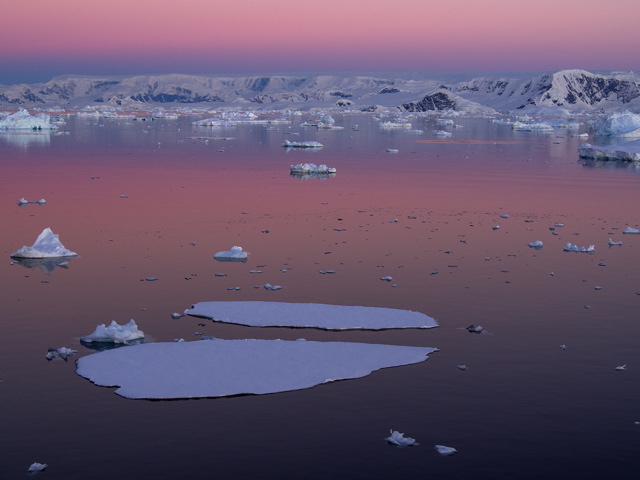
In the Gerlache Straits Olympus OM-D
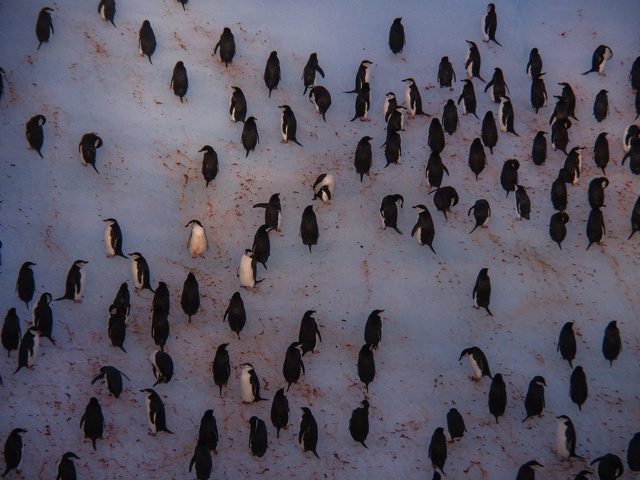
In the Weddell Sea, a group of penguins hang on the side of an iceberg Oly OM-D
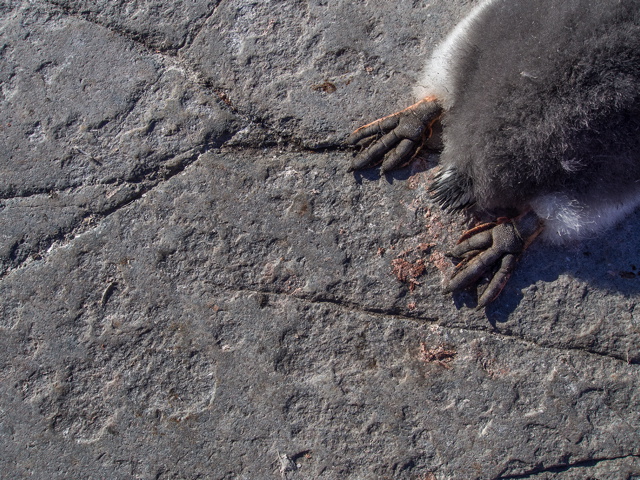
a gentoo penguin chick rests on a rocky surface on Port Lockroy
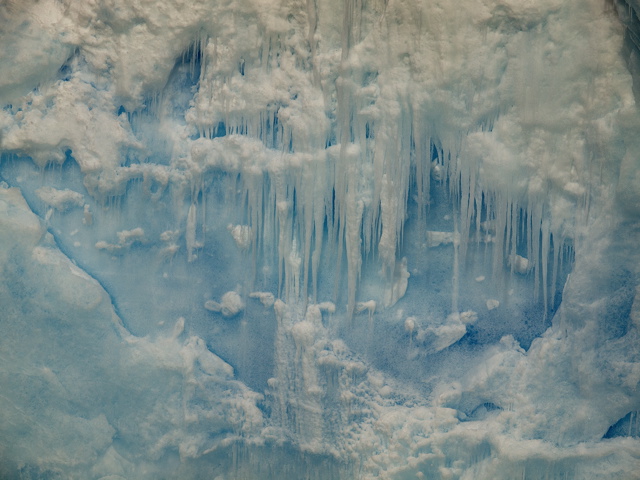
Ice formation on iceberg at sea Olympus OM-D 75-300mm
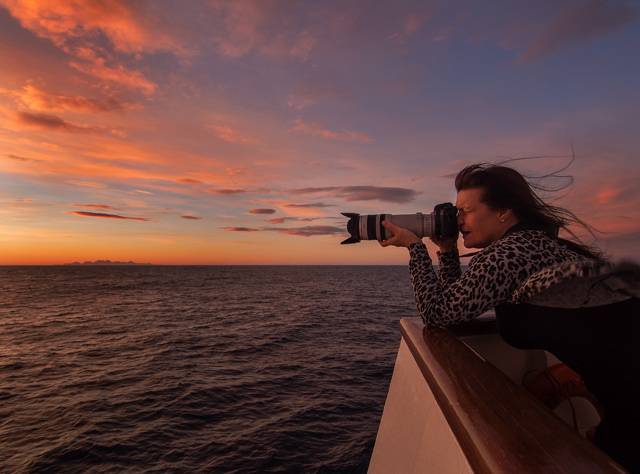
photographing a sunset from the Explorer Oly OM-D
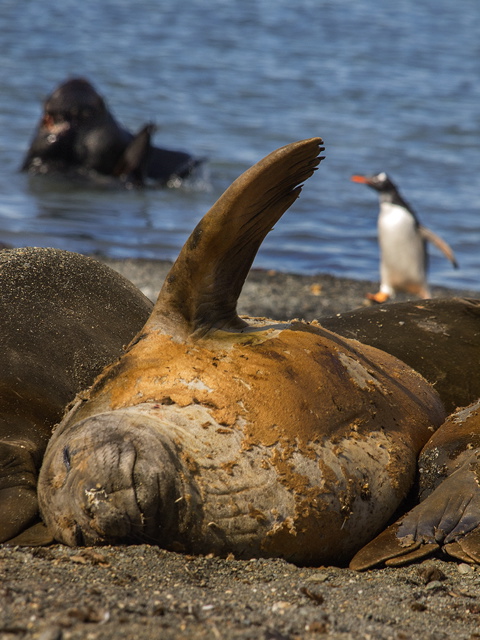
Elephant Island beach scene
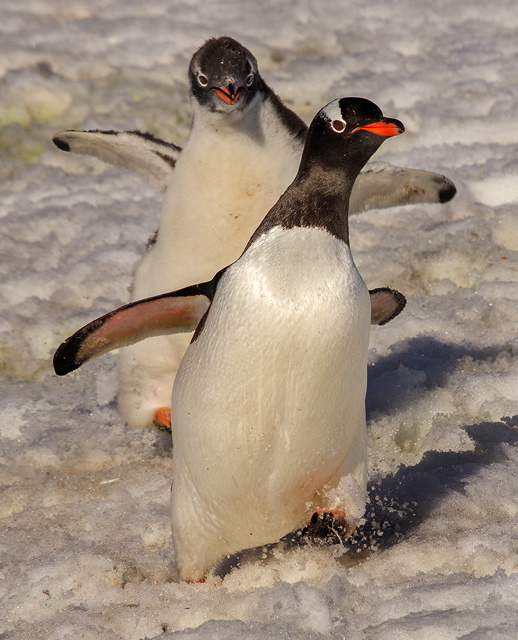
gentoo penguin adult being chased by chick for food
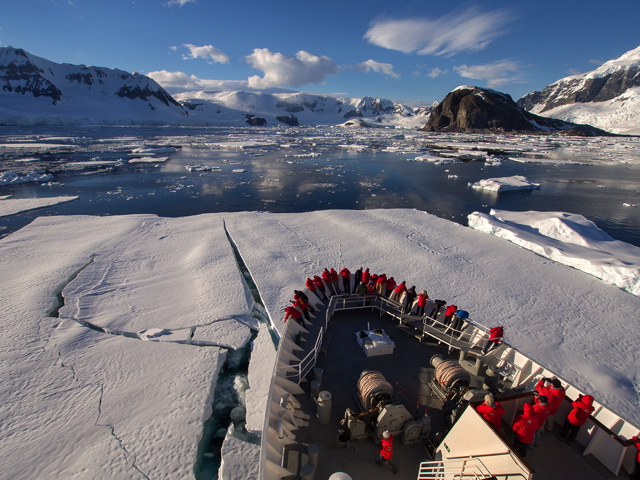
pushing through ice in the Gerlache Strait
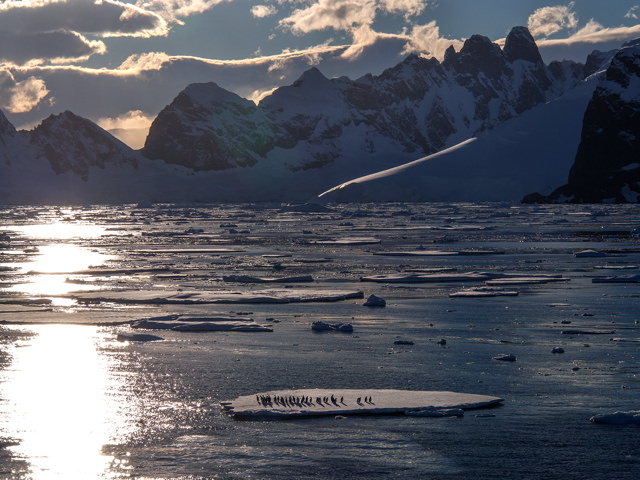
penguins on an ice flow in the Gerlache Straits
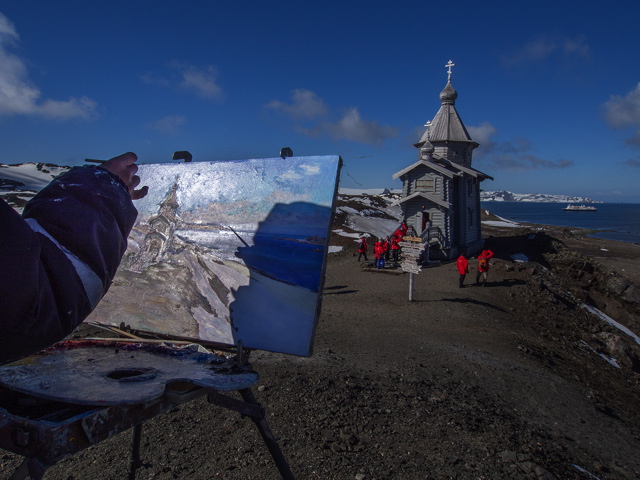
Russian Orthodox church at the Russian research station at Bellinghausen on King George Island,
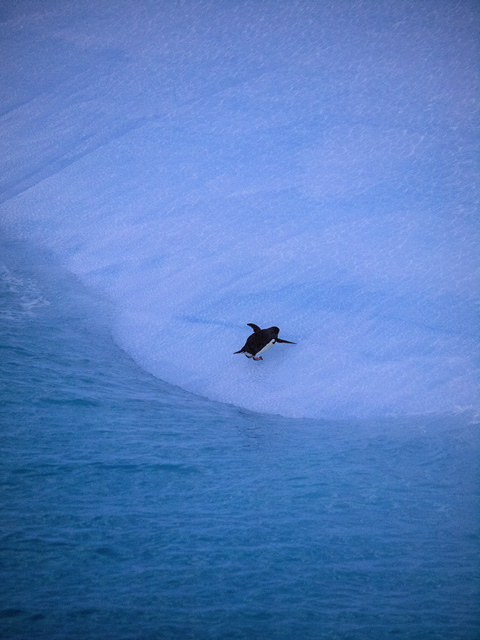
a penguin scrambles to get a grip on iceberg in Weddell Sea
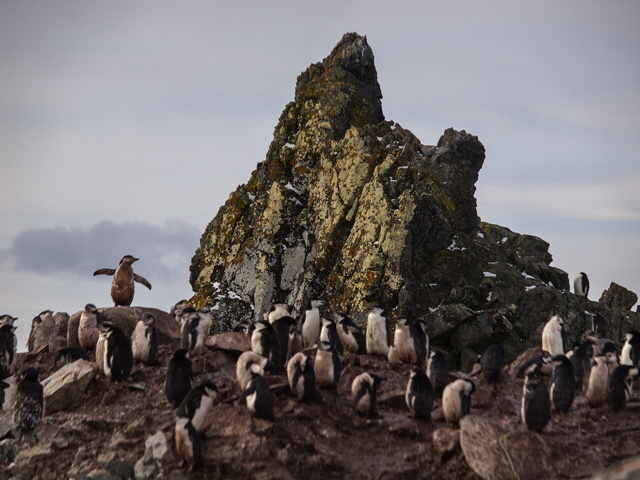
Gentoo penguin colony on Half Moon Island
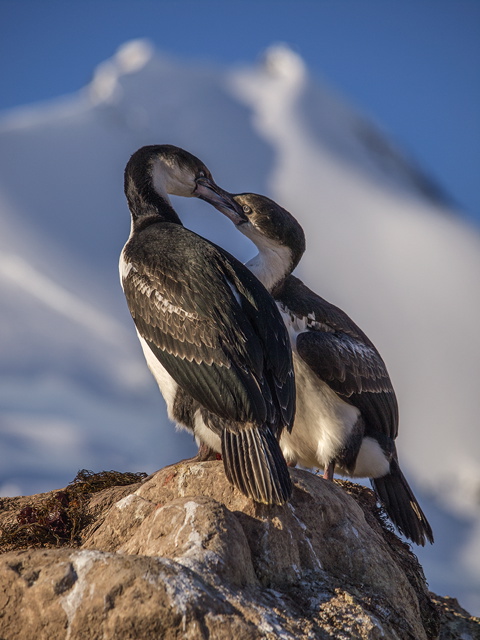
Antarctic shags on Jugla Point
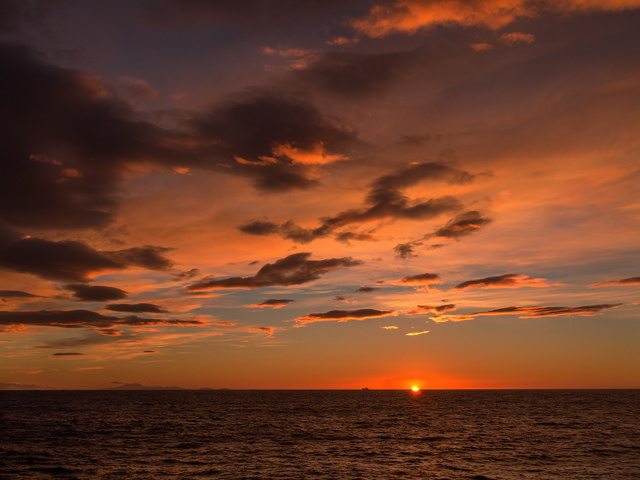
sunset in the Weddell Sea



